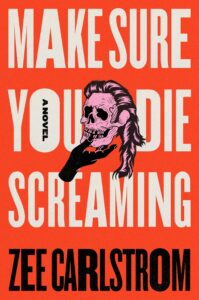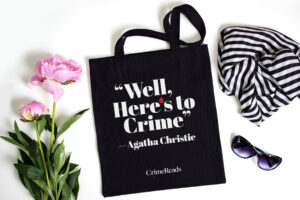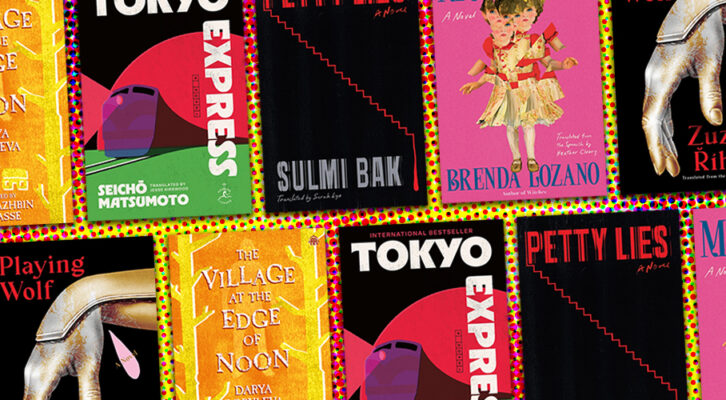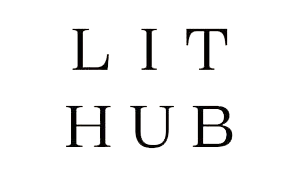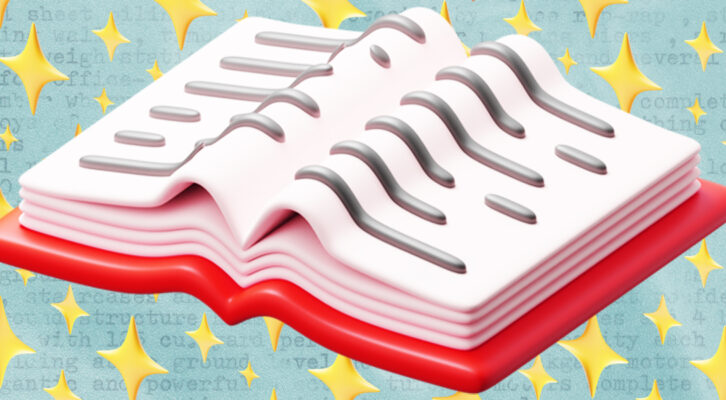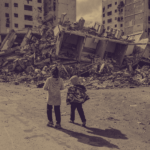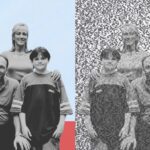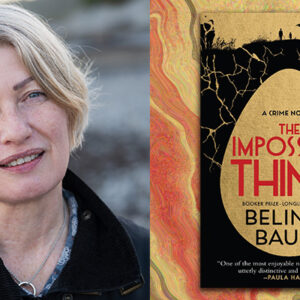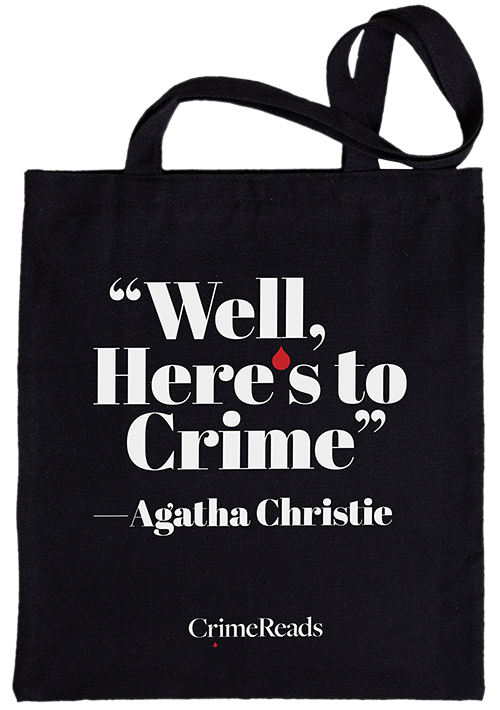Now that Americans have finally achieved a post-racial, post-gender, post-discrimination society, where hierarchy is based exclusively on merit and our genitals are fully formed at conception, you might think it’s kinda silly to write a craft essay arguing for the creation of characters who exist outside the status quo. But since it’s entirely possible that America still has a couple of teeny-tiny social problems to deal with, I thought it might be interesting to develop a concrete writing tool designed to help writers create freakier characters and, by extension, stories that challenge the systems which dictate what is normal or acceptable.
Seriously though: despite certain gatekeepers’ semi-concerted, semi-sincere efforts to elevate marginalized voices, I think most of us can agree that mainstream American writing still centers disproportionately on straight, white, male, able-bodied, and able-minded characters with beliefs, morals, and ideas that tend to align with (secular) Christian values. Even our anti-heroes are rarely allowed to be atypical in more than one or two distinct ways. This is clearly bad for both our culture and for writing, but frankly, I’m not in the mood to argue for the (obvious) benefits of creating more diverse, atypical characters.
Instead, I want to talk about craft. The goal of writing fiction, after all, is to tell compelling stories. If we take for granted that most stories generally feature normal people in abnormal situations, I think we can also reasonably take for granted that putting abnormal people in abnormal situations might lead us to more compelling (and less predictable) narrative outcomes.
This, however, is a somewhat frightening proposition for many writers. It requires us to venture forth into uncharted fictional and personal territories. In my own case, writing my debut novel, Make Sure You Die Screaming, was an exercise in embracing my inner (and subsequently outer) freak. When I began that project, I was still openly male, still struggling to fit into the boys’ club of corporate culture, and still doing everything I could to avoid what turned out to be a vaguely inevitable nervous breakdown. My main character, at that point, was certainly not a freak. He was professionally frustrated (like me), abusing drugs (like me), and furious with his father (also like me), but he definitely wasn’t the kind of hero who stars in a truly original story worth reading. So, I started revising.
First, I fired my main character from his job. Second, I gifted him a traumatic brain injury. Third, I forced him to take a vow of radical honesty. At this point, I started to see a completely new story emerging from this far more interesting character. I could tell I was writing a book that felt a lot more authentic to who I was and the ideas I wanted to explore. I also realized that me and my character were both genderqueer.
Now, before I get any further into this line of thinking, I’d like to pause here to say that my goal in writing this essay is not to convince you to write queer characters so that you too might embrace your inner queerness. That would be, to put it mildly, batshit fucking crazy. And problematic. And, um, a bit narrowminded. Because I don’t necessarily believe that writers must exclusively create POV characters with whom they share ideas, beliefs, or identities. It’s obviously essential to empower marginalized voices and to elevate their stories, but if great writing comes from a place of profound empathy (I think it does), and if one of the best things about writing fiction is imagining what it’s like to experience other people’s lives and worldviews (I think it is), then wouldn’t it stand to reason that we should all be a little more adventurous with the characters we’re creating?
To be honest, that question was less rhetorical than literal. Because I’m not sure. As an embarrassingly pale white writer, I’m personally not comfortable writing from the perspective of, for example, a person of color. Some people do this all the time, with a variety of outcomes, and I’m not gonna cast any stones. Identity, in our contemporary global culture, is a snake pit lined with flesh-eating landmines, but luckily, the creation of a good literary freak isn’t confined to race, sex, or gender. In fact, there are hundreds of cliché character tropes grounded in our cultural preconceptions of what makes a relatable hero (or generates the most book sales). My goal in writing this piece is to codify some of these preconceptions so that we can (fearlessly, shamelessly, perhaps foolishly) take a walk on the freakier side.
With that in mind, here is a VERY non-exhaustive list of common American hero characteristics:
ZEE’S CHECKLIST OF NORMALCY
DEMOGRAPHIC
White
Straight
Male
Upper middle class
Christian / secular Christian
Legal citizen
Age 18-45
Urban-dwelling
College-educated
Employed
Etc.
PHYSICAL
Able-bodied
Physically healthy
Thin / “fit”
Tall
Attractive
Not bald
Etc.
MENTAL
Above-average intelligence
Mentally healthy
Sexually vanilla (non-kinky)
Traditionally moral
Capitalist
Materialistic
Monogamous
Pro-social
Pro-natalist
Etc.
Like I said, this list is non-exhaustive. There’s a lot of room to play. The potential for invention by subversion is essentially limitless. And before you say, but wait, Zee, there are already soooo many characters who don’t check all the boxes on your dumb list, please allow me to make the rest of my point. Because I agree, it is somewhat common for main characters to deviate from the mean in TWO distinct ways (like atheistic women or bald men with cancer), but I would challenge you to find a great deal of main characters who deviate from this checklist of normalcy in THREE or more distinct ways.
And that’s where things get exciting! I mean, simply going down the list and thinking, okay, I’d like to create a hero who is asexual, female, impoverished, elderly, uneducated, short, chronically ill, socialist, and addicted to BDSM opens up a world of possibilities that I’ve certainly not yet read. Obviously, writers need to be *EXTREMELY RESPONSIBLE* when we make these kinds of character decisions, but I believe most writers are making these decisions (often unconsciously, implicitly, or semi-irresponsibly) every time we sit down to work. Therefore, we might as well deliberately observe our own biases, tear them apart, and rebuild them through fiction.
Again, my intention is not to sound preachy or, God forbid, dangerously liberal, but the fact remains that the simple act of labeling and imagining a world beyond normal will always be somewhat radical. As such, there will always be value in looking at one’s own writing and asking why we are so averse to creating characters who are THREE (or more) KINDS OF FREAK. By doing so, we not only deconstruct the framework which imprisons our art, but we also dismantle the cultural attitudes that perpetuate harmful economic and social policies. As the great anti-social, non-white, queer-coded, atheistic, not-really-main-character Anton Chigurh once said: if the rule you followed brought you to this, of what use was the rule?
***


